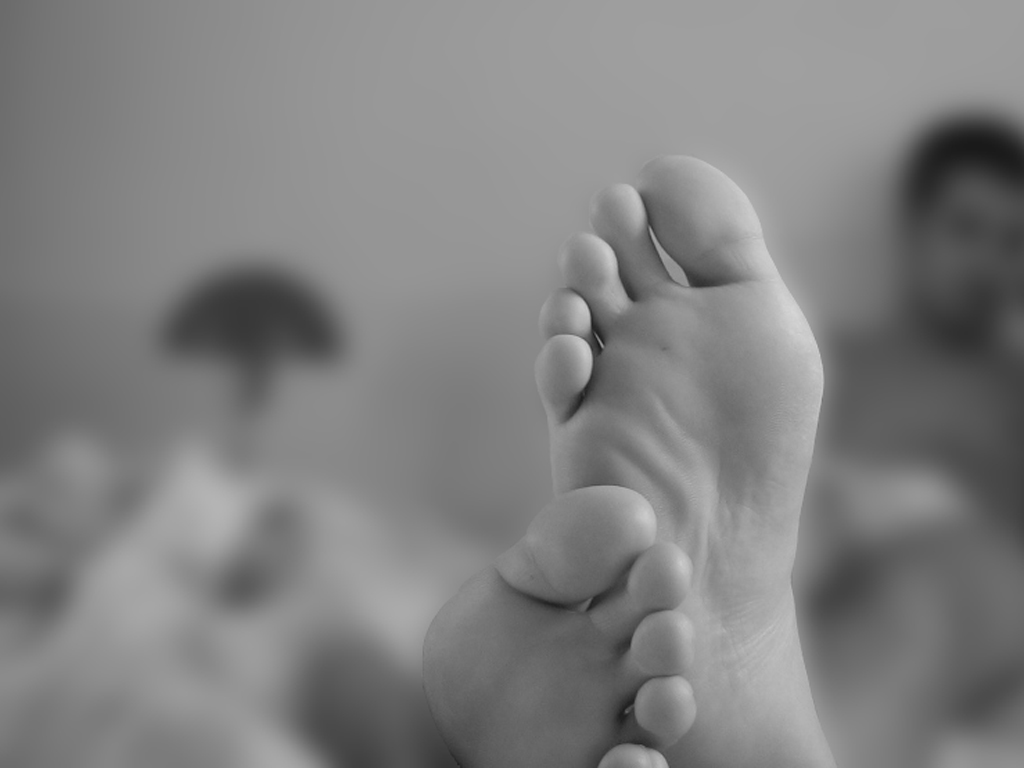The physics of toenail-cutting
Interview with
Its one of those problems that have plagued us for generations and for which  nobody seems to have had the answer: why do we get ingrowing toenails?
nobody seems to have had the answer: why do we get ingrowing toenails?
Despite the best efforts of manicurists and chiropodists, they always seem to persist and it can be very painful to chop out the offending bits of intruding nail. They can also cause serious infections for people with diabetes.
Now maths has come to the rescue. According to Nottingham physicist Cyril Rauch, three of the most common nail problems are a direct result of the stresses and strains on the nail. So how should we be shaping our nails to combat the dreaded ingrown toenail? Tim Revell cuts to the chase...
Cyril - Essentially speaking, from a physics standpoint, you've got two stresses: an addition stress and a growth stress. In physics, if you want simple, normal conditions, you need to make sure that all the stresses can balance each other. But in some cases, this balance between the growth stress and the addition stress don't balance each other. This can lead to a sort of an excessive force which will have a tendency to buckle the nail plate. As a result of that, you may develop some well-known conditions like in grown nails or pincer nails.
Tim - Sounds painful. When the forces on your nail are out of balance, you're at risk of getting a painful nail condition. But the way that you cut your nails can help.
Cyril - There are ways of filing your nails or cutting your nails to in fact diminish or to stop amplifications of this imbalance that exist between the growth force and the additional forces. I can give you one example. If you imagine that you can take your nail out of your finger and then you can put it on your desk as a flat. Now, the edge that is curved, if you want to avoid any problem, it has to follow a sort of parabola. We found that if the nail follows a parabola, the likelihood of developing conditions of your nails that are again, related to a sort of imbalance of growth and additions, is almost nil.
Tim - Parabolic nail cutting is the future or in other words, model your manicure on a U shape. If you cut your nails this way, you should be able to avoid some pretty painful nail conditions. So, make sure to tell your manicurist.










Comments
Add a comment